Aula Magna, Universidad Central de Venezuela
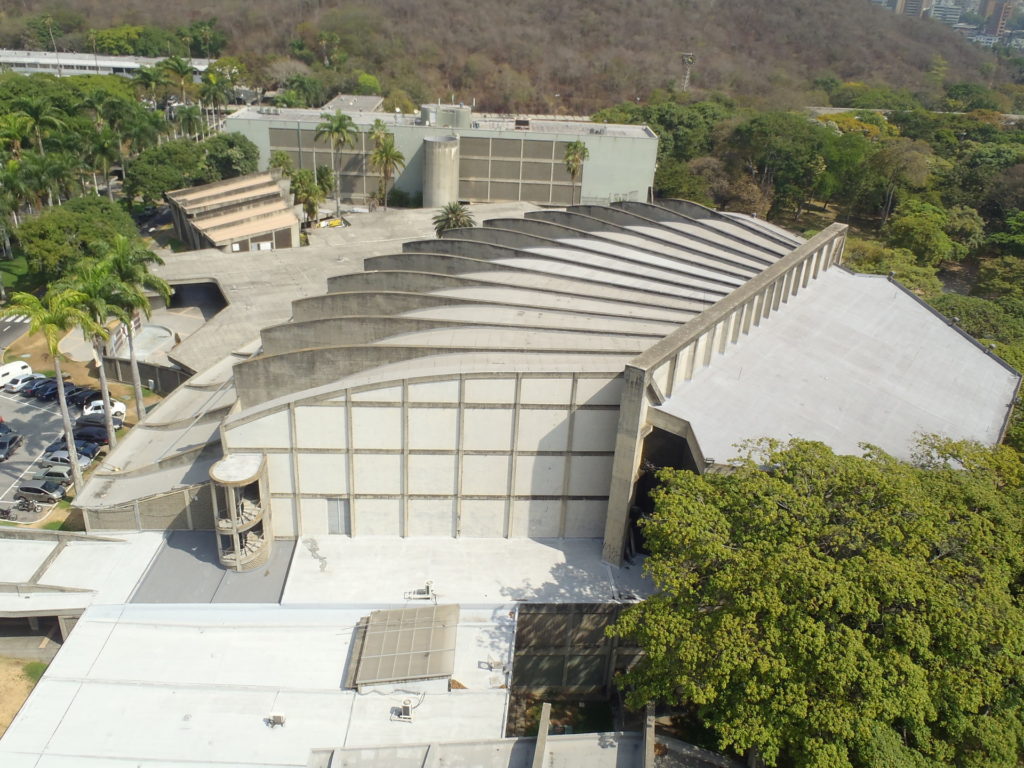

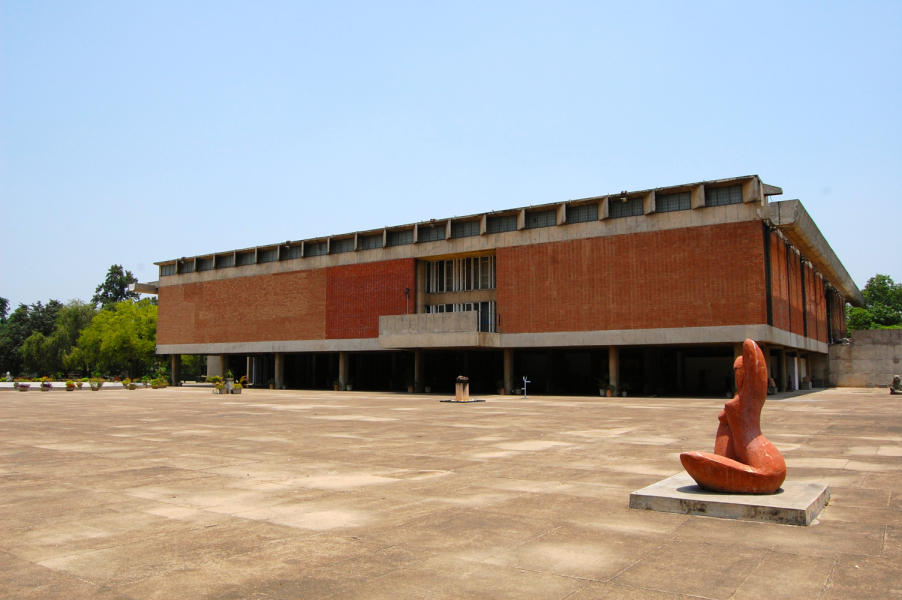
Shortly after independence in 1949 India was in a phase of finding its own identity. With his massive buildings made of exposed concrete and brick in Chandigarh and Ahmedabad Le Corbusier was, in 1951, one of the key masterminds stimulating the new ar…
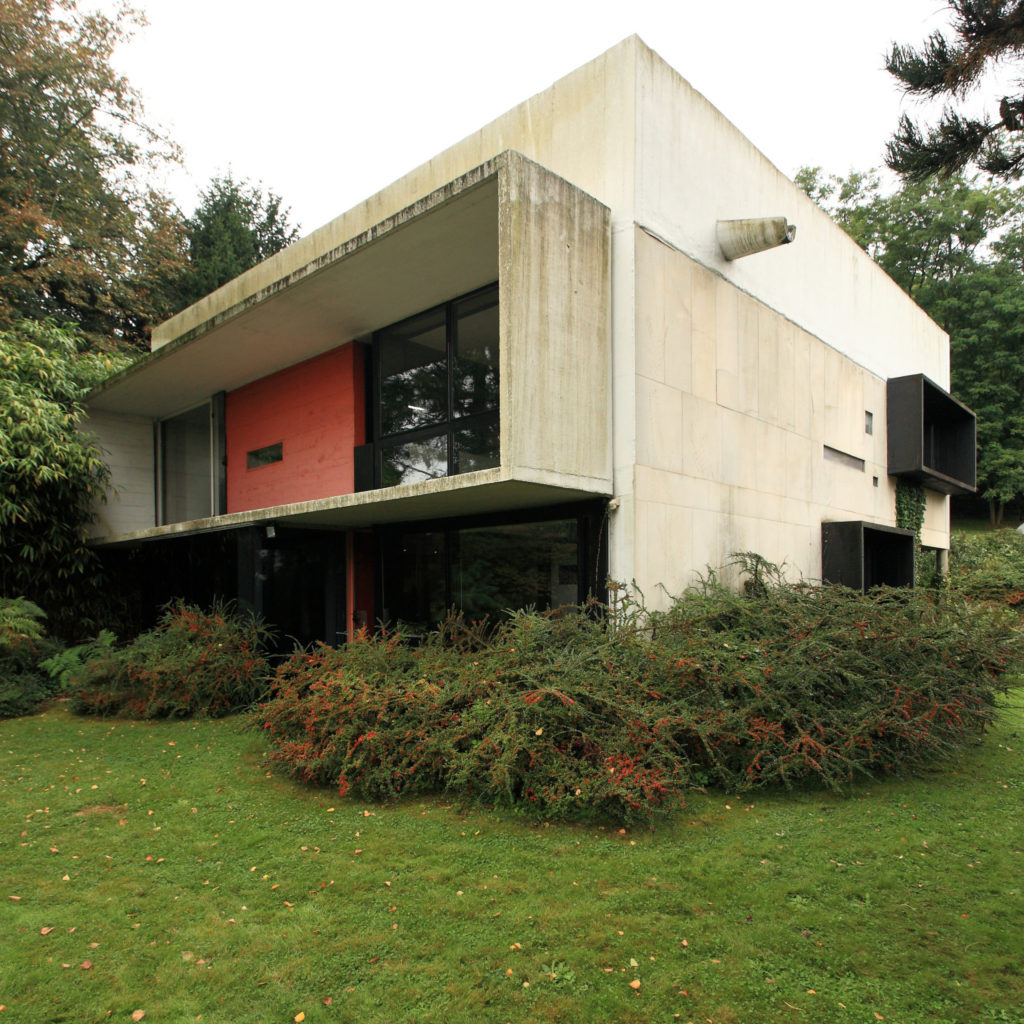
An early example of how former staff members of Le Corbusier later designed sculptural concrete buildings. Banham offers a description hinging on an analysis of the Corbusian influences.
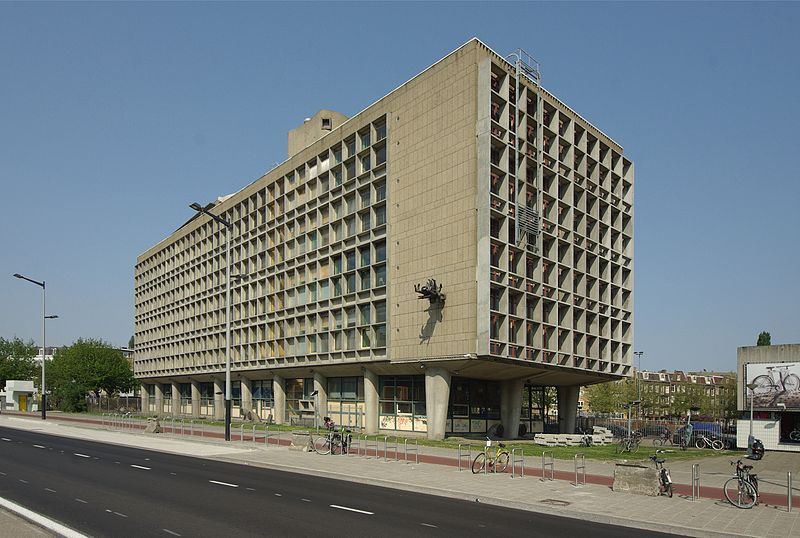
This school building, nicknamed “The Ship”, was designed and built as a school for Lower Technical Studies: mechanics, blacksmith, electrician, plumbing etc. It is obviously built after Le Corbusier’s Unité d’Habitation. On the roof there is th…
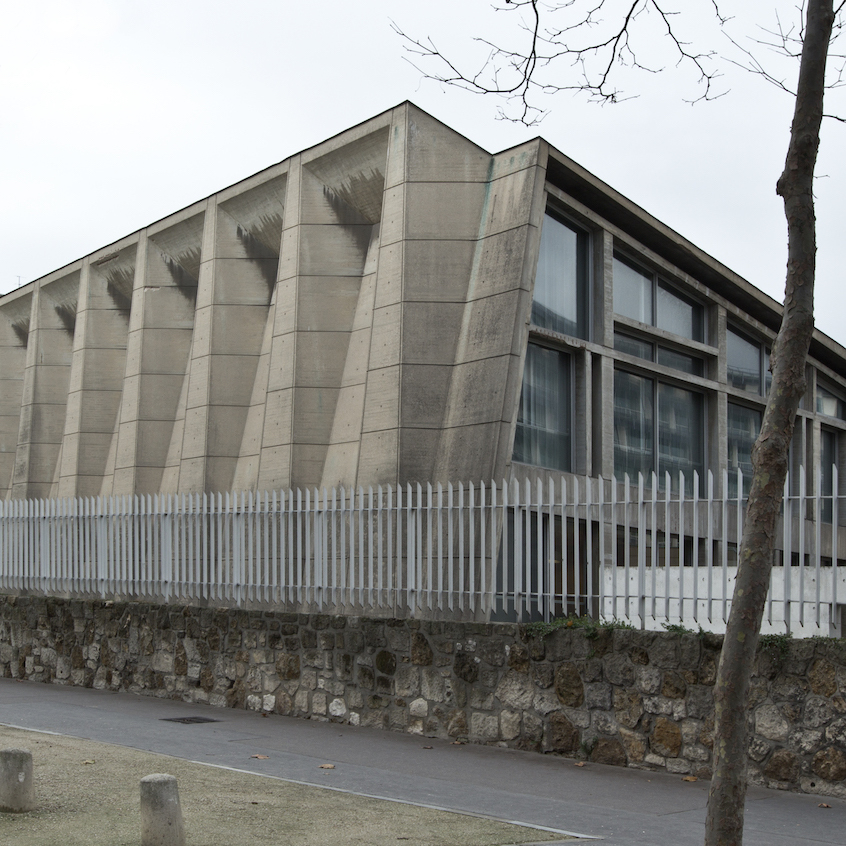
Breuer’s folded concrete walls had been massive and used coarse shuttering in St. John’s Abbey Church, whereas in the UNESCO auditorium the sections are smaller and more refined. At the same time, the structure gets truly celebrated, as the particip…
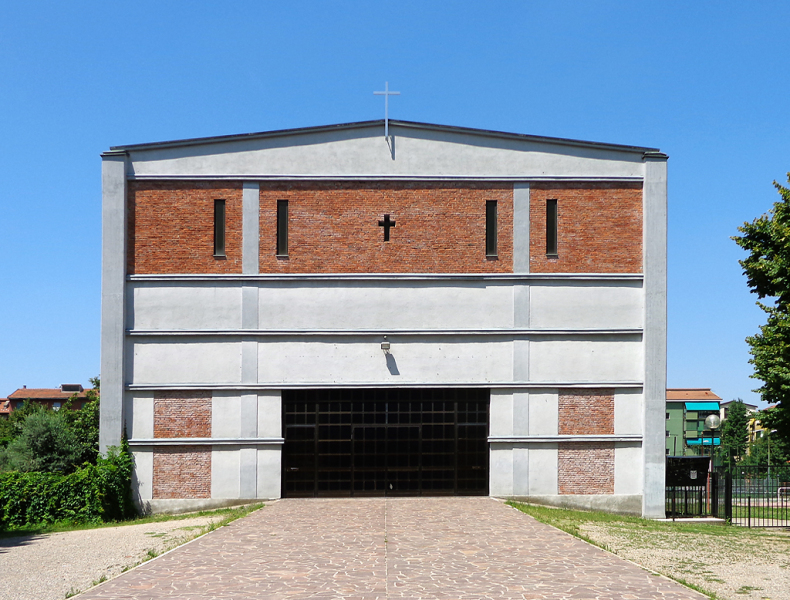
The dark nave contrasts with the brightly lit choir. For this church, the architects prioritized the effect the interior has over that of the exterior. In terms of layout, the church is in the tradition of basilicas. The open concrete frame and the no-f…
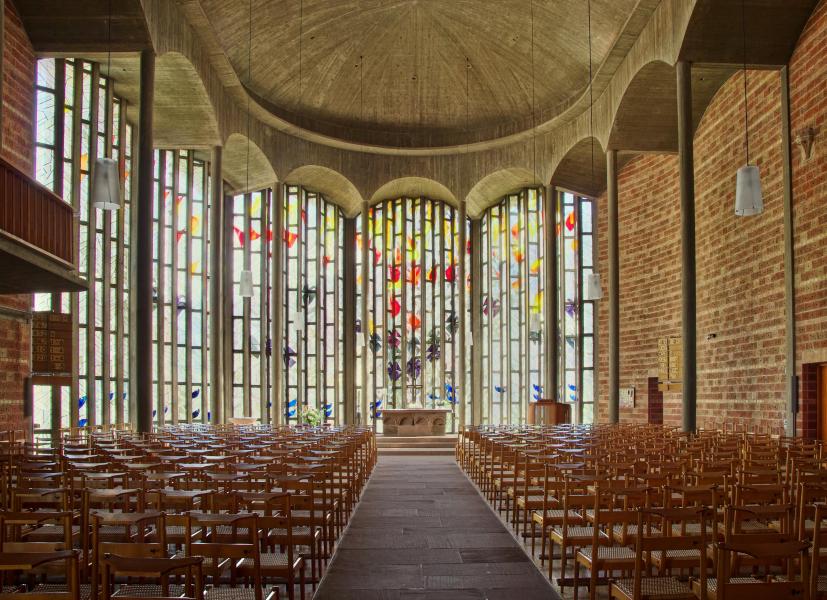
As with Madonna dei Poveri in the interior, the consistent unmasked use of concrete and brick emphasizes the materials. The result conveys a kind of aesthetics of asceticism.